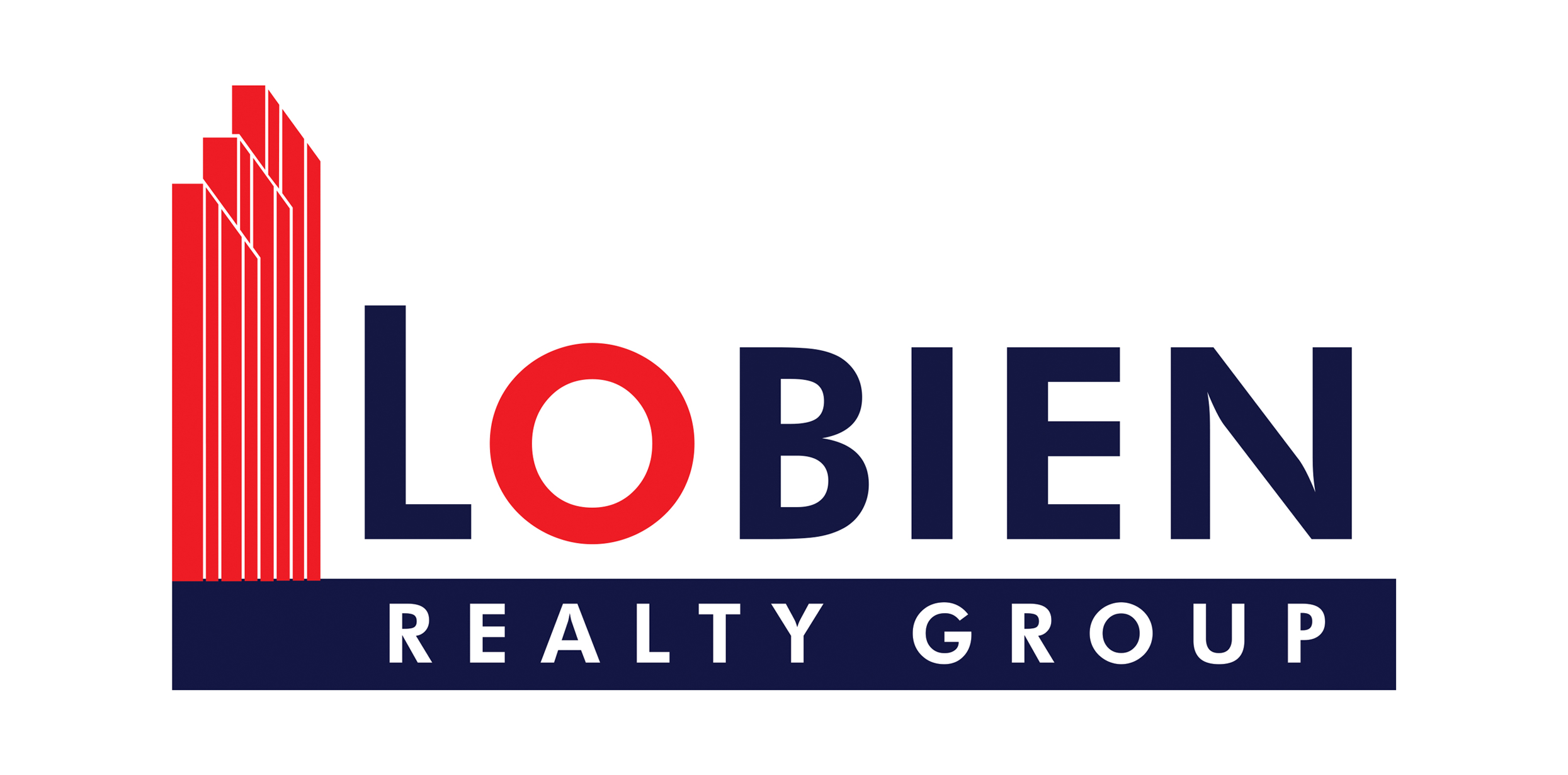After more than a year into the pandemic, the Philippines may finally see a sustained recovery owing to new strategies that are seen to facilitate economic rebound in the near term.
As think tank Moody’s Analytics reported this week, fast-tracking the nationwide inoculation drive, incentivizing the vaccinated and imposing localized quarantine may help an economy that has been very sluggish under the weight of severe and lengthy lockdowns.
Such developments bode well for industries like real estate, which has also seen its fair share of challenges amid the devastating difficulties dealt by this protracted global health crisis. And with the onset of the so-called “-ber” months—traditionally a season that brings hope and joy to many Filipinos—one could only hope for better days ahead.
But will the Philippine real estate industry, which has seen a glorious decade of unprecedented stellar growth, finally see that proverbial light at the end of the tunnel? Will improvements in the business and consumer sentiment translate into increased demand? Are investors now more optimistic of their prospects and willing to bet big again in real estate?
Inquirer Property polled some of the country’s top officials and industry experts to give their thoughts on how the real estate industry fared in the past months, their forecasts for the last quarter of the year, and their insights as to what will be crucial for its continued recovery.
Sheila Lobien
CEO Lobien Realty Group
Statistically, I see that the real estate industry is showing resiliency and patience for the market to recover.
For the office space industry, which is one of the key economic indicators of the real estate market as a whole, the supply side is quite healthy. Overall office supply is at 350,000 sqm, almost the same level as of August 2020. Vacancy is at 14 percent, which is not concerning if viewed regionally. Rent is just 2 percent down for Metro Manila CBDs and pipeline supply is healthy, with Quezon City, the Bay area and Makati bulking up their pipelines.
On the demand side, BPOs are expected to maintain their employment levels, with some projecting incremental hiring, and for Pogos, despite the lockdowns and other regulatory and legal issues, 50 percent of them stayed. Once the public health issue is controlled and lockdowns are no longer implemented, we will see them return.
The provincial office market is performing better this year. Office supply remains steady at 300,000 sqm but take up is higher this year at 34 percent versus 19 percent for the same period last year. This is a logical result of the lockdowns in Metro Manila which made some companies prefer to locate their operations in the provinces.
If we are able to go back to 2019 pre-pandemic economic levels, then we are on our way to recovery this year. Metro Manila was the hardest hit in 2020 due to the lockdowns—with a GDP contraction of almost P1 trillion. Once the lockdowns stop, we will see NCR to be among the first to recover, which is expected as the vaccination drive is concentrated here. At the moment, we already see positive movements in the office and residential markets. Despite the pandemic, these two real estate sub-segments are holding their ground. Warehousing was the one which showed the best performance but I expect the hotel and leisure industry to be the laggard due to travel restrictions and the low confidence of tourists to travel. I can think of three crucial factors for the recovery of the industry: vaccination, “Build, Build, Build” and the low interest rate regime. We need the vaccination efforts to be successfully implemented at the fastest possible time as this is the most important ingredient for our economic recovery. The infrastructure projects of the government should continue and be done at full speed to provide employment and prop up the economy, while waiting for the private sector to have the confidence to participate in the economy. Here, credit and low interest rate will be a good incentive for these investors to restart their participation and investing activities.
Read more here.

